Why
The ‘Why’ dimension is there to ensure marketing listens to the prospect/customer and puts the understanding their motives front and centre. This helps the creative proposition and storytelling to be relevant to the other dimensions.
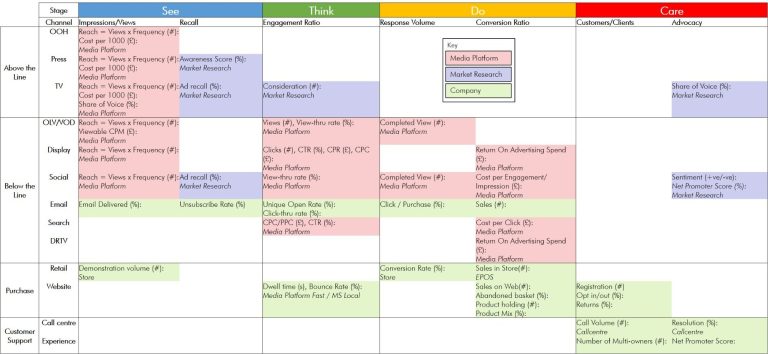
Touchpoints
Interactions with customers or clients is intermittent and never guaranteed to be when the company wants, have the desired outcome, or always provide signals/feedback that can be captured.
Communication options have become more fragmented; Above-the-line continues to decline; Below-the-line is becoming easier but more congested and controlled by walled-garden platforms; Consumers have more choice and choose where they want to listen and when; Costs don’t necessarily come down via economies of scale, in fact can increase as increased reach and competition fight for the same eyes and ears. The strategy is to understand how customers directly and indirectly interact (positively and negatively) with the company and marketing spend, to economically nudge them along their journey.
Customer Touchpoint Analysis is something that is relatively straightforward to map and easily understood by all stakeholders across an organisation. By immediately stepping into the ‘customer’s shoes’, it forces the focus onto an external footing, starting to define the experience a customer has when dealing with the organisation. It can quickly find and remove obvious pinch-points and improve transitions along the journey.
There are 3 key parts of the Customer Journey: Marketing Funnel > Sales Pipeline > Client Management. More of which can be seen on the Customer Journey page, this section of the Toolbox is more about what to look for and count.
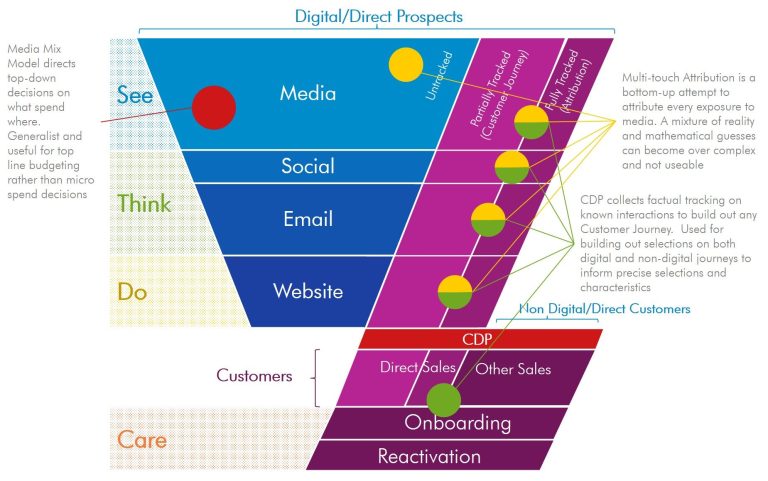
Touchpoints: Marketing Funnel [Stand]
See (Awareness/Discovery > Interest/Research) > Think (Consideration/Visit)
Marketing is a funnel with some trackable, but mostly are untrackable on a personal level by the company, being limited by law or the business model of large upstream platforms like Google or Facebook. They can provide general stats or help build attribution models inside their own platform but it’s not holistic.
The task here is to reduce what isn’t do well and emphasise what is working. Touchpoints are where this knowledge can occur. The problem is that there is a huge drop in volume of views reduces sharply to those who actually are giving a positive engagement, like clicking through, thus the shape of a funnel.
There are a few models that look at the effectiveness of channels. Marketing Mix Modelling (MMM) are best used for planning and there are various forms of Attribution models that attempt to understand what was effective after the fact for refinement and repetition. I’m sure others will used different terminology or prefer a certain method, and that’s a great discussion to ensure the best techniques are used to answer the various asks set by the strategic and tactical decision makers.

Touchpoints: Sales Pipeline
[Stand]
Do (Intent > Evaluation > Sales)
Mostly associated with Websites or old-school salesperson trackers. Conversion is the objective. Inside a website the visitor can be tracked from page to page. If they are not logged in it may not be possible to know who they are but as it’s the company’s own website this is a great step-up of data quality and richness so the journeys can be visualised with numbers.
A Sankey chart is a typical way of viewing these journeys, examples here are a general one around entry and basket outcomes. The task here is to shore up the leaking parts of the pipeline by understanding, testing and feedback mini-questionnaires.
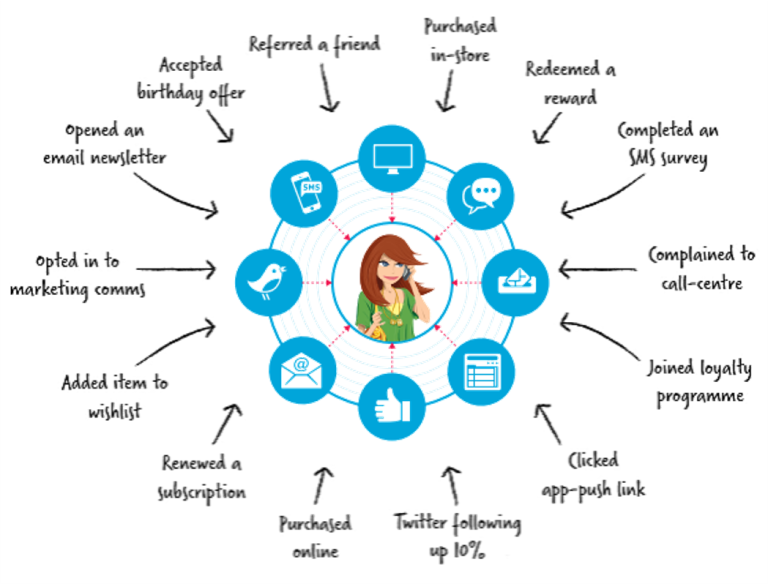
Touchpoints: Customer/ Client Management [Stand]
Care (Adoption > Retention > Expansion > Advocacy)
Proper Adoption/Onboarding is king. This is all about their experience, making sure they understand, use, enjoy their product/service. Set up for success as the end game is to make the next purchase as frictionless as possible. Don’t fall into the trap of spamming them, that makes them snow blind to the more important messages you want to land. And even worse those hard-won opt-ins may opt-out and you can’t use them in the Marketing Funnel either. Be relevant. B2B may wish to look at ensuring their client’s needs and goals will be served – nothing worse than over-selling and under delivering. Complex products will need a great training program – an unused product is never repurchased. Track their use and check in.
Retention is the repeat sales – renewals. Not getting this is churn. This is a large subject and there are many tools that assist this. The key metric is average spend per product/service or number of products held. Use Market Research or work with customers to understand how the product can be improved.
Expansion is similar to Retention, except it’s not just a repeat of the previous item but more of the same, upsell or cross-sell, i.e. more services, bolt-ons, companion products.
Advocacy is where they will recommend you publicly in a positive review or case study or privately to friends and colleagues. The ultimate ‘earned’. VIP clubs are a good way to identify advocates. Some companies run a refer-a-friend offer, which can come over a little stalky but large discounts from the marketing spend saving can overcome that. Track and learn from public negative advocacy.


Purchase reason: Discounts
[Stand]
It’s been long known that putting a discount message front and centre in adverts or email message line gets attention. Price is one of McCarty’s 4 Ps (Product, Place, Promotion). Considering the Product and Place is reasonably static, and promotion isn’t working, it can be assumed that lowering the price enables others to afford the item.
Ironically during the many sales periods the rich tend to shop more as they have fewer barriers to purchase. The mistake here is discounting too quickly, as that may be give away profit that can be saved by better marketing or targeting.

Purchase reason: Want/need
[Walk]
Bad marketing will struggle to sell a good product. The trick is to be relevant. Relate. Understand what they really need from it.
There's a view that ‘people don’t buy products but a better version of themselves' or something that saves time/effort/money. The product needs to say what it is: a Unique Selling Point (USP) or Differential Advantage (DA). But sometimes those don’t connect to everyone, so be selective and test with difference audiences and market research panels.
There are 5 main reasons why something is bought, from 2 points of view:
o Personal Point of view: want; need.
o Produce/service point of view: like-for-like replacement; upgrade (upsell); or complementary (cross-sell).
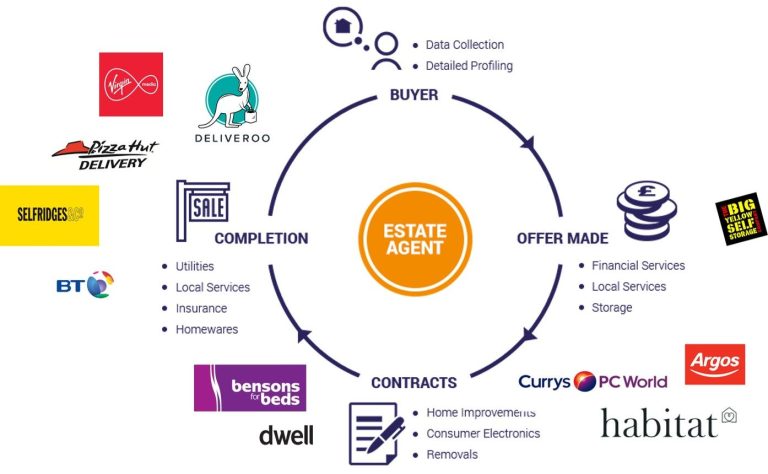
Purchase reason: Events push [Walk]
Events cover a lot of different types:
Macro events:
o Fixed - a specific well observed fixed dates/period, e.g. valentines day, black friday.
o Flex - the date is known well in advance but changes each time, e.g. easter, world cup.
o Flow - an event that will happen but not sure exactly when, e.g. heatwave.
Major personal events drive new needs and spend and could be done before or after:
o Moving move.
o New child.
o Children leaving home.
o New job.
o New car.
o New pet.
Companies can also generate micro events:
o New Product Launches.
o Conferences/Conventions.

Purchase reason: Weather
[Run]
Weather is part of news programs and on our phones because it affects our short term decisions and longer term moods. Spending changes on the immediate weather and longer cycle seasons. Products sell out when there are extremes, e.g. paddling pools, fans in heatwaves. Highstreet stores always blame the weather for low sales: too hot, too wet.
Weather can be predicted to a point:
o 5-10 days for temperature and precipitation.
o Pollen and pollution can be predicted a few days out.
o On the day, rain can be predicted to the quarter hour
Profit is balancing the sales price and advertising cost appropriately against the stock level and the demand - selling out is better than not, but selling out too quickly isn't ideal either. Marketing Science and smooth demand and increase profits.

Modular: Reactive Customer Journey [Walk]
There are many reasons a customer's progression along their journey can stutter or fail. As the purchase point gets closer the share wallet/purse reality kicks in. There is little point in having an expensive product in an abandoned basket where a lower spec/price produce would have generated income. Or perhaps awareness of staggered payment terms would overcome this.
People absorb information as they understand and research their needs. From friends, experiences, the company website or wider searches. The key is to recognise where signals can be gathered and which of the few inflection points in the customer journey you can make a decisive nudge. This may be easier in the Sales Pipeline part as there is a lot more control over the test, contextual understanding and usable feedback.
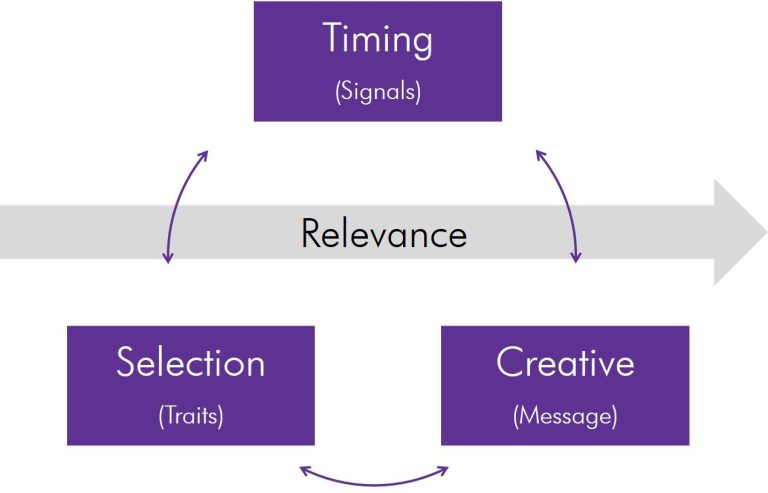
Modular: Asset Relevancy
[Run]
Every advert comes in a verbal or visual format. These creative assets are the 'front of house' of every company. The can be set up to be modular, to quickly flex for the pseudo-personalised message needed to nudge at the right time. Create relevance that elicits the sought after engagement that may create the reaction that the marketing spend is judged on.
Automated systems like a decision engine can manage the complexity of the choices quick enough so can appear to be pseudo-real time, but the start is having the assets created in a way they can be used by a marketing science method - not the other way around.
It's easy to be ignored, so combining all the options to be relevant is key. The visual/audio image is important but by themselves don't actually move by themselves. They must become part of and not lead the marketing options.
"The time spent on any agenda item will be in inverse proportion to the sum of money involved" - Parkinson's law of triviality
Below is an estimate of which factors uplift direct marketing results. Quality is important but rumunating over the choice of a picture or a colour means little to the purchase:
o 44% Target Audience
o 22% Offer
o 15% Timing
o 10% Creative
o 9% Response device

Why not What [Stand]
People don’t buy what you do, they buy why you do it” – Simon Sinek
The goal is not to do business with everybody who needs what you have. The goal is to do business with people who believe what you believe.
o Why/How – connects to the Limbic brain: It has not capacity for language but deals in trust, loyalty, behaviour, gut decision making (heart over head). MLK gave the “I have a dream” speech, not the “I have a plan” speech.
o What – connects to the Neocortex: Rational, analytical thought, language. This gatekeeper balances the reality of need, options and affordability, not the reason or desire. What we do serves as the proof of what we believe.
We need your consent to load the translations
We use a third-party service to translate the website content that may collect data about your activity. Please review the details in the privacy policy and accept the service to view the translations.
